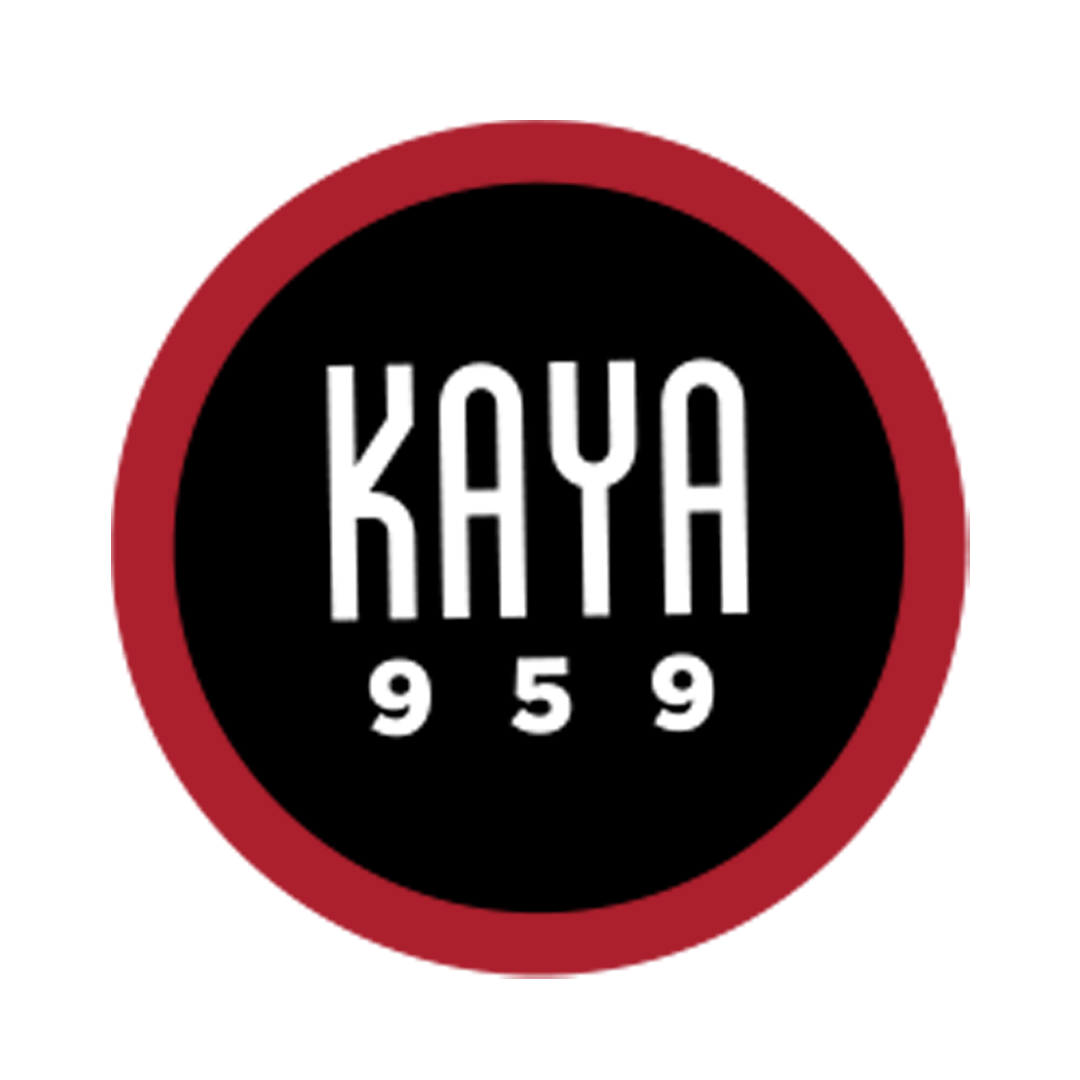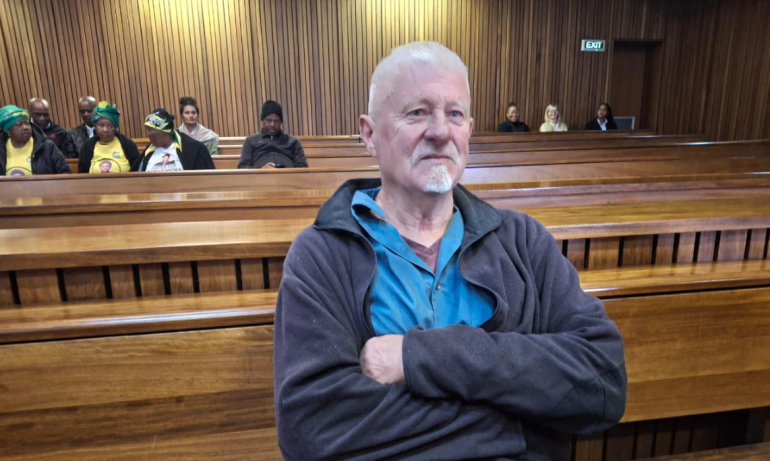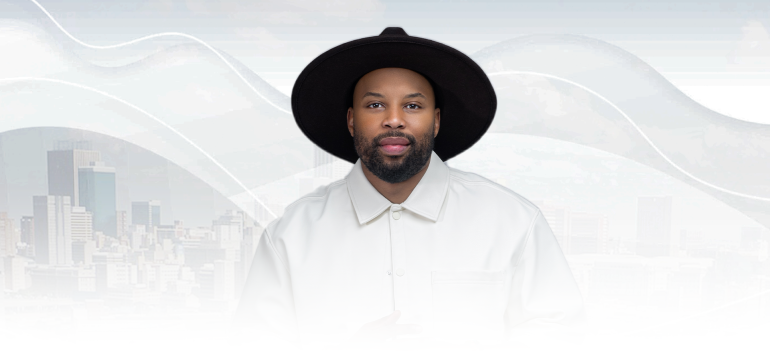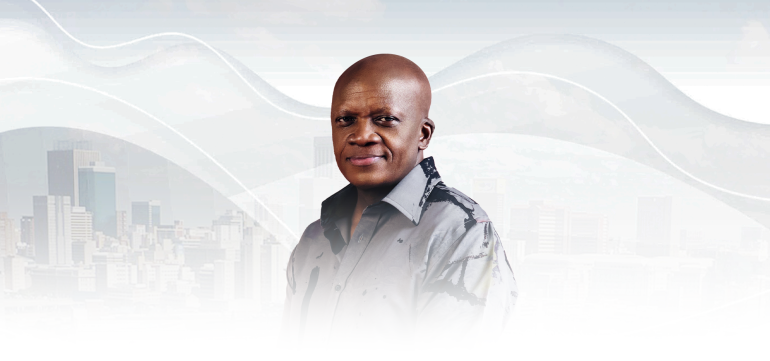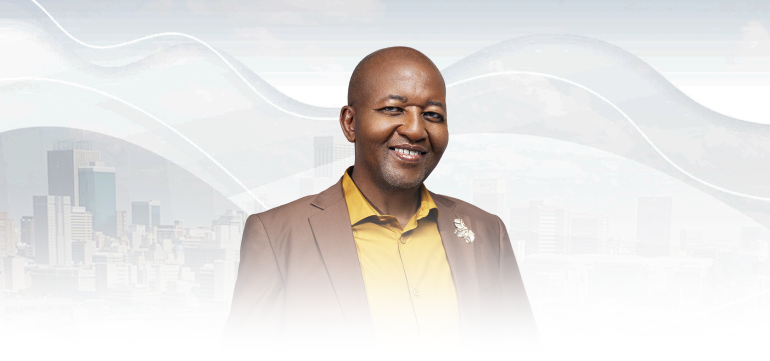Today is the 28th anniversary of the Bisho massacre
By David O’Sullivan
Today is the 28thanniversary of the Bisho massacre, the day Ciskei Defence Force soldiers opened fire on ANC protesters who had marched from King William’s Town to a sports stadium on the outskirts of the Ciskei homeland’s capital, Bisho (now Bhisho). 29 people were killed and over 200 were injured in a mass shooting that lasted about 8 minutes from the first volley of automatic gunfire to the last crack of a sniper’s rifle. I was a freelance journalist covering the event. Here’s how I remember that day.
In 1992, I was a student/freelance journalist, battling through the second year of an ill-fated law degree and working for Capital Radio and 702. The September holidays were about to start and I was spending a Sunday in Rockafellas pub on Rockey Street, down the road from my Yeoville flat. A friend of mine, Ross Dunn, an Australian freelancer for the Melbourne Age, joined me and, over a few beers, persuaded me that the ANC protest march to Bisho would be a good story to cover as not many journalists were planning on going down. “What if something happens?” he said.I phoned a good mate Izak Smuts, who was doing some legal work in Bisho and asked him for an assessment. Izak wasn’t prone to exaggeration, and when he told me to “bring a flak jacket and bring one for me”, I realised this could be a big story and booked a flight to East London Ross and I met up with two Agence France Presse journalists, Clyde Russell, a former colleague from Capital Radio, and photographer Phillip Littleton. We decided the best way to cover the protest was to head straight for Bisho, where we could assess the security in Ciskei and watch the protesters arriving.We took a hired car to Bisho, where we were stopped on the outskirts of the town by a Ciskei policeman. The city was sealed off he told us, no journalists allowed and he ordered us to turn around. We played dumb. We told him we were tourists, uninterested in politics, who had come to gamble at the Amatola Sun. Despite all evidence to the contrary he believed us and we were through to Bisho.
Immediately we were aware of a huge level of security. A large razor wire fence marked the rudimentary border between Ciskei and South Africa, and soldiers in armoured vehicles patrolled the streets around the stadium. The Amatola Sun, like much of Bisho, was deserted. We hammered on the door, which was opened by a very surprised manager. He was amazed we got through the security cordons and agreed to open up for the four of us. He would subsequently become our receptionist, telephone operator, barman and chef. We dumped our bags, gathered our equipment and drove towards the stadium to wait for the protesters. We parked at the legislative buildings on the main road from King William’s Town. The Independence Stadium, the protest march destination, was on the other side of the road.
Clyde, Philip and Ross headed down a small hill to join the arriving marchers while I went in search of Izak Smuts at the legislative offices. I couldn’t find him and found I was now isolated from my colleagues who had walked ahead to meet up with senior ANC leaders and a group of journalists accompanying them. I walked down a path past a Ciskei soldier sitting behind a large machine gun with a belt of ammunition piled up next to him. Further down I walked past three or four rows of about 60 very nervous-looking soldiers lying in battle position, staring down the sights of their R4 semi-automatic rifles.
I joined the fringes of about 80 thousand ANC protesters who were now arriving at the make-shift razor wire border post. The crowd was being diverted off the road towards the Independence Stadium where they were planning to hold a protest rally.Despite the incredible fire-power on display, I felt quite calm and the crowd seemed quite subdued as people started heading into the stadium. I chatted to a man next to me who was weary after the walk from King William’s Town and complained of the heat.I had earlier received a telephone call from a friend at the Canadian Broadcasting Corporation wanting me to file a story about the march.Knowing they liked ambient sound in the correspondents’ reports, I decided to record the sound of the police helicopter whirling above me. Suddenly I heard a crackling sound coming from the stadium across the road. I knew that sound. Seven years earlier, I had been a reluctant conscript in the SADF and had spent many hours at the shooting range. I instantly recognised the sound of R4 rifles being fired en masse, and that saved my life.
In an instant I realised there was shooting at the stadium which would set off the jittery soldiers on the hill 30m behind me. I didn’t know it at the time, but Ronnie Kasrils had tried to lead a group of demonstrators through a barbed wire cordon behind the stadium only to be confronted by rows of Ciskei Defence Force soldiers who opened fire.I dived for the dirt and hit the ground with such force that my glasses flew off and I dented my tape recorder, which kept rolling. The soldiers behind me opened up with a deafening salvo, emptying their first clip of 30 bullets in a matter of seconds. The sound was so loud it completely distorted on my tape recording. I remember people seemed to freeze and gasp in surprise. Two thoughts flashed through my head: “Surely they’re not shooting directly at us” and “thank God my tape recorder’s rolling.” I was vaguely aware that the man I had spoken to earlier had fallen next to me. I scrambled to put my glasses back on and grabbed my microphone and started narrating what I saw, pressing my body into the ground. I was suddenly out of breath as adrenaline surged through me. I couldn’t make sense of what was happening. I was watching people trying to run, falling, getting up, falling again. I saw people lying on the ground and I presumed they were, like me, taking cover.
I turned my head to look up the hill at the soldiers. They were so close to me that I could see the flashes from their rifles as they continued the barrage. I knew that if I lay as close to the ground as I could, bullets would fly over me. I was also acutely aware that if I lifted my head or put my hand in the air, I could be shot. Still I couldn’t comprehend that people were being shot and were injured or were dying, and I said on my recording that the soldiers could be firing blanks or even firing over the protesters’ heads. It didn’t seem possible that they were actually firing into the crowd from such close range with such firepower. Because the onslaught from the troops was so intense, yet thousands of people were still running away, I couldn’t believe live ammunition was being used. I had no idea what people looked like when they’re shot dead. I expected they would fly backwards as in the movies, not fall like rag dolls to the ground as I was witnessing. The first prolonged burst gradually came to a halt, with the odd crack of a single shot. People stopped running and were now looking for cover across the road. Still lying on the ground, I turned to the man next to me who had complained of the heat. He was lying on his back, his eyes wide open and the back of his head was missing. A large pool of blood was forming around him.

I remember being calmer than I should have been about this. I had seen dead bodies before while covering township violence. That’s when I realised the soldiers had used live ammunition and then I became aware of the scenes of utter devastation. The killing field was a dustbowl; people’s shoes lay scattered. I looked more carefully at the people on the ground. I decided those who moved were either too scared to flee or were injured. Those who were immobile were dead.
I started to see how many dead people lay around me and realised that, had I not dropped so quickly, I could have also been shot. A man in front of me was in serious trouble. He had been shot in the stomach. He suddenly went silent. ANC marshals now came crawling up the slope towards me to attend to the dead men. But as they moved, the Ciskei soldiers opened fire once again. The sporadic shooting was overtaken by another deafening salvo, pinning everyone to the ground. This burst lasted almost two minutes. We had been on the ground for over four minutes. It felt a lot longer.
This time I could hear the light machine gun on the hill above me thumping away mercilessly. I heard dull thuds and speculated they were mortars. They turned out to be grenade launchers. The top of my head, back and legs felt extremely vulnerable. I was forcibly pressing my body into the grass, trying to get as low as possible should a mortar explode near me.The second salvo died down, and again the marshals triedto get up to the dead people around me. Again soldiers fired sporadically and the marshals were forced to drop to the ground. I called out to them to be careful and told them the man next to me was dead, but they wanted to see for themselves, to see if his eyes were closed.
Teargas was fired and I felt this was an indication that the shooting had stopped. There had been a lull of a few minutes and now I was hit by the realisation that I was sitting on a story of horrific proportions and consequences. I had to get back to the hotel to file my stories. There were no cell phones back then.I looked around for my colleagues. Ross was further down the hill, shouting to marshals to help an injured man near him. Clyde was surveying the scene of carnage in a daze. The left side of his shirt was covered with a growing patch of blood. He presumed someone had bled on him, until he said almost nonchalantly: “I might have taken some shrapnel.”
People started attending to the dead and injured, carrying them to the main road. As I turned to go back up the path towards our car, I saw a man with a badly injured leg, crying in pain and anguish, refusing to leave a body next to him, while marshals tried to pick him up and get him to hospital.Ross, Philip, Clyde (rejecting suggestions that he get medical help) and I ran back to our car. I noticed a dead soldier, lying face down. He had been shot in the back of the head, probably by one of his own men. We ran past the rest of the soldiers who had pulled back into the car park and were now staring at us with a mixture of rage and fear. We got away quickly. We got back to the hotel, where Philip converted his hotel bathroom into a darkroom and started processing his film. This was before the era of digital photographs. One of his photographs was subsequently used on more than 50 newspaper front pages around the world. I attached my tape recorder to the telephone plug and started sending the sound to numerous clients. The manager of the hotel had his hands full, fielding calls from news organisations who were requesting our story.
Later in the day, other journalists started arriving. The hotel pub filled up and the day ended as it so often did for journalists in those days – sharing war stories and getting drunk.
The next day, Newsweek’s photographer Mark Peters and I managed to get to Ciskei military leader General Oupa Gqozo’s office, where he was happy to be interviewed and photographed in all his military regalia. He even let me file my stories sitting behind his large desk, using his telephone. He stepped out of his office while I was filing, and walked back in as I was in mid-sentence saying “the Ciskei dictator is unrepentant”. I expected him to be enraged at being called a dictator, but he was quite delighted. “You’re right,” he said, “I am unrepentant”. The story couldn’t get any weirder. It’s worth remembering that the subsequent Goldstone Commission of Inquiry condemned Gqozo for clamping down on political activity in Ciskei, as well as the Ciskei Defence Force for its use of lethal force. The Commission sharply criticized Ronnie Kasrils for leading ANC marchers in the bid to break through the razor wire cordon which provoked the first volley of gunfire. It’s also worth remembering that the massacre prompted the ANC and the National Party to resume negotiations which had stalled after the Boipatong massacre two months earlier and, ironically, pushed the peace process forward.
Written by: Zuko
Similar posts
MORE ARTICLES

‘You are my heart in human form’: Lungile Thabethe’s touching letter to her daughter

Smart tax moves: A guide to boosting your tax refund

‘My husband won’t back me up when I discipline his kids’ – The Blind Spot

Kai Cenat graces the cover of Time Magazine’s first-ever TIME100 Creators List

Tebogo Thobejane pens emotional tribute to son on his 18th birthday
QUICK LINKS
UpComing Shows
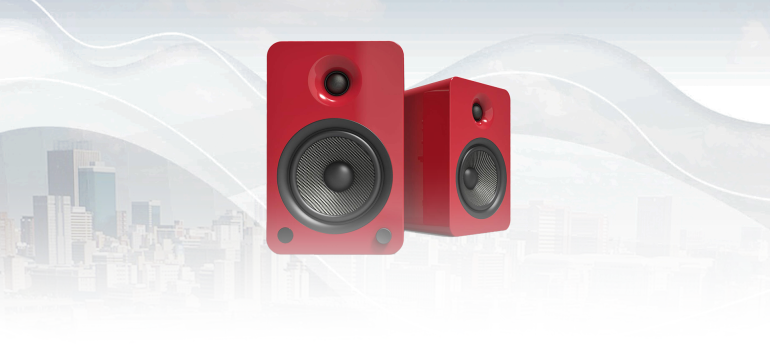
959 Music Weekdays
Kaya 959 Hits
Real. Familiar. Memorable. Kaya 959 brings you the music you know and love from our playlist. Uninterrupted. Thursdays 20h00 to 21h00
close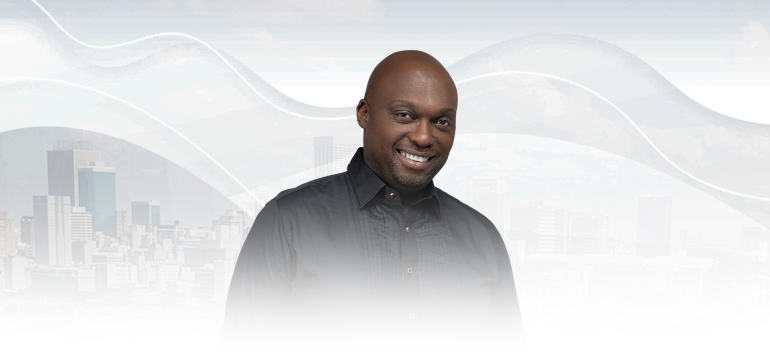
The Best T in the City
With T Bose
He has held it down in the world of mid-morning radio with the best music, riveting topics, brilliant mixes and interesting guests. Every weekday, The Best T proves why he is the BEST by connecting to you like only your bro or favourite uncle could. He lets his listeners dictate the songs they want to hear in the ever-popular Top 10 at 10, and his Three Teaspoons never run out. Catch The Best T in the City Mondays to Fridays from 09h00 to 12h00.
close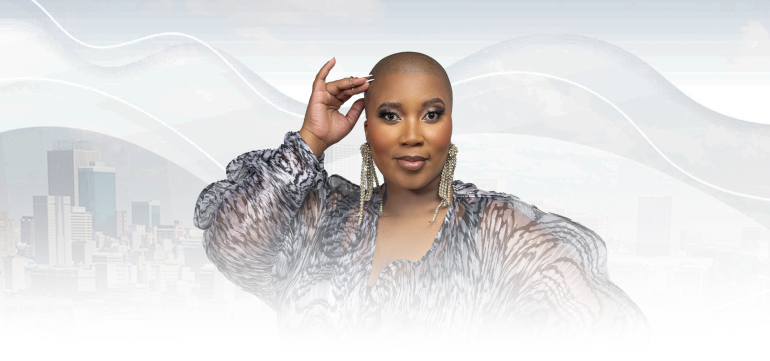
Feel Good
With Andy Maqondwana
Feel good about feeling good! That's exactly what The Feel-Good show is about. An escape from the negativity that surrounds us, indulging you in good feels. Pass it on to one and all. Spread the good feeling around Gauteng with Andy Maqondwana.
close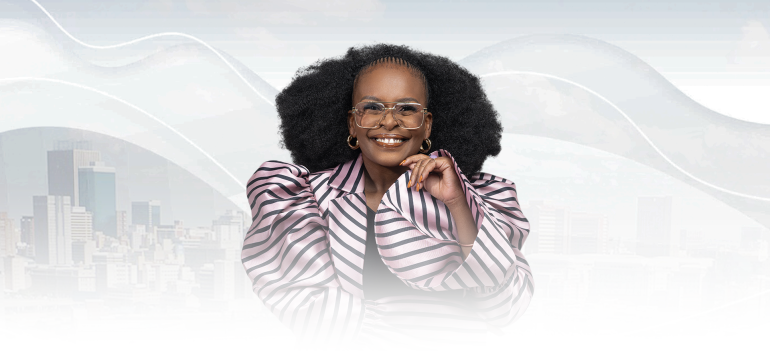
The Hive
With Bonolo "Bee Sting" Molosiwa
Every "Hive" needs a Queen B and Bonolo "Bee Sting" Molosiwa is Kaya 959's honey who brings in the money. With her bubbly personality, infectious laugh, Bee Sting radiates positive energy which is all you need to get your weekend off to the best start. Don't miss the Afrobeat Dancehall Ragga (ADR) Top 10 on The Hive with Bee Sting every Saturday from 18h00 - 21h00.
closeConnect with Kaya 959
DownLoad Our Mobile App
© 2025 Kaya 959 | On The Street On The Air
